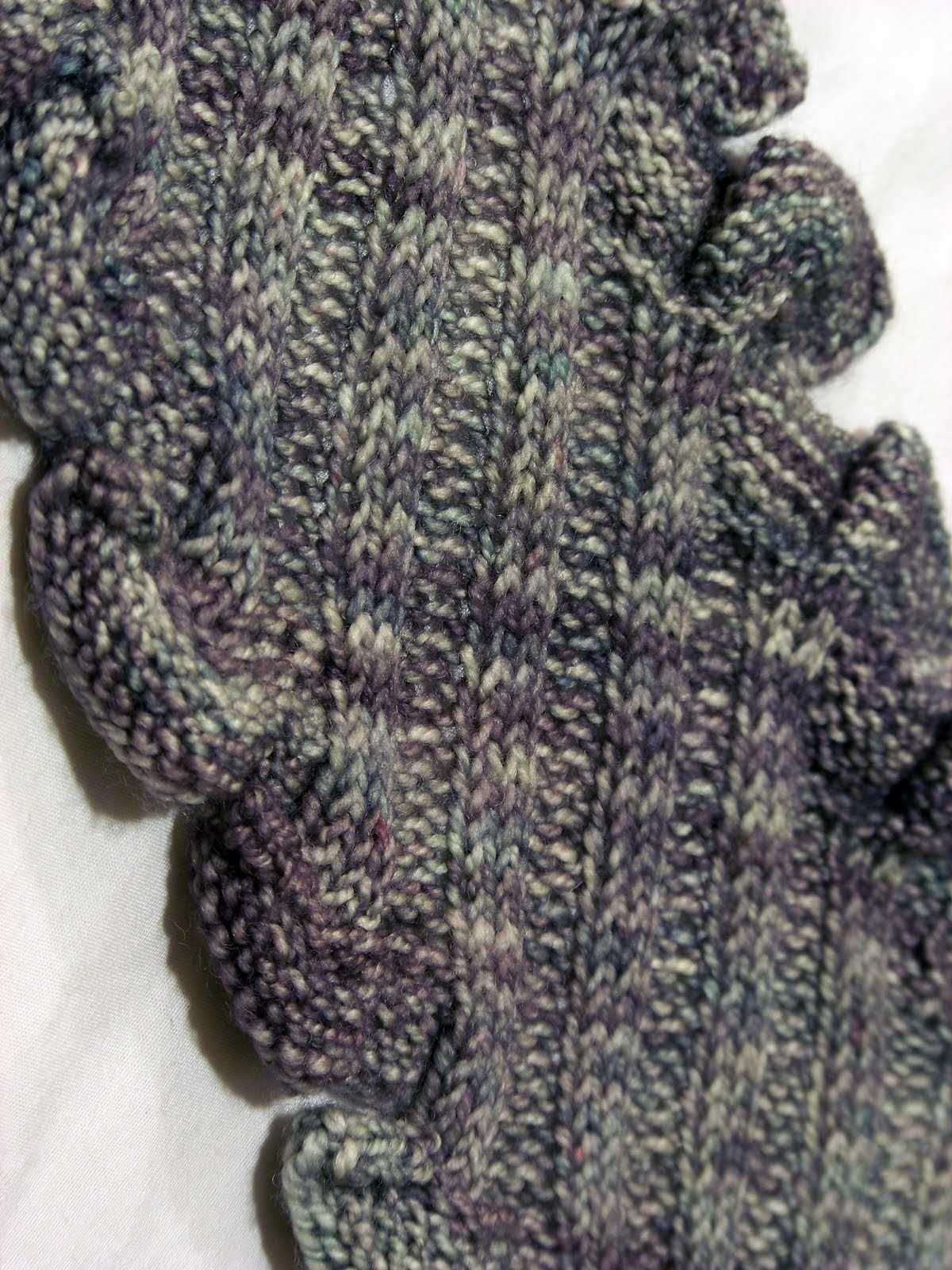
Knitting is a popular craft that allows you to create beautiful and practical items with just a few basic tools and some yarn. One of the most versatile and satisfying knitting projects is a scarf, which can be made in a variety of patterns and styles to suit any taste or occasion. In this article, we will explore a simple and stylish one skein scarf knitting pattern that is perfect for beginners and experienced knitters alike.
The one skein scarf knitting pattern is a great way to use up leftover yarn from previous projects or to showcase a special skein of yarn that you’ve been saving. With just one skein of yarn, you can create a cozy and fashionable scarf that will keep you warm during the colder months. The pattern is easy to follow and can be customized to your own preferences in terms of length and width.
To start the one skein scarf knitting pattern, you will need a pair of knitting needles and one skein of yarn in the color and weight of your choice. The pattern uses basic knitting stitches, such as knit and purl, and is suitable for beginners who are comfortable with the knit stitch. The finished scarf will have a simple but elegant ribbed pattern that adds texture and interest to the design.
One Skein Scarf Knitting Pattern
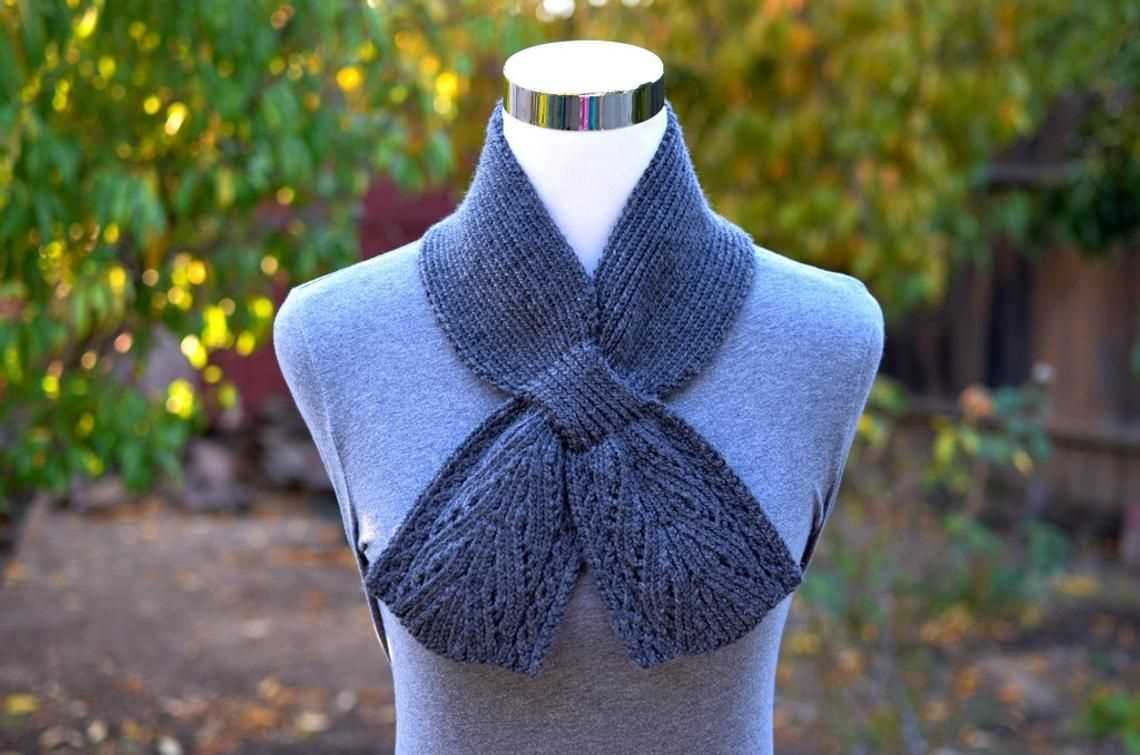
Knitting a scarf is not only a great way to practice your knitting skills, but also a practical and stylish addition to your wardrobe. If you’re looking for a simple and quick project, a one skein scarf knitting pattern is the perfect choice. With just one skein of yarn, you can create a beautiful and cozy scarf that will keep you warm during the colder months.
When choosing a one skein scarf knitting pattern, it’s important to consider the type and weight of yarn you want to use. Bulky or chunky yarns are ideal for a quick and chunky scarf, while lighter weight yarns can create a more delicate and airy scarf. You can also choose from a variety of stitch patterns, such as ribbing, cables, or lace, to add texture and interest to your scarf.
Materials:
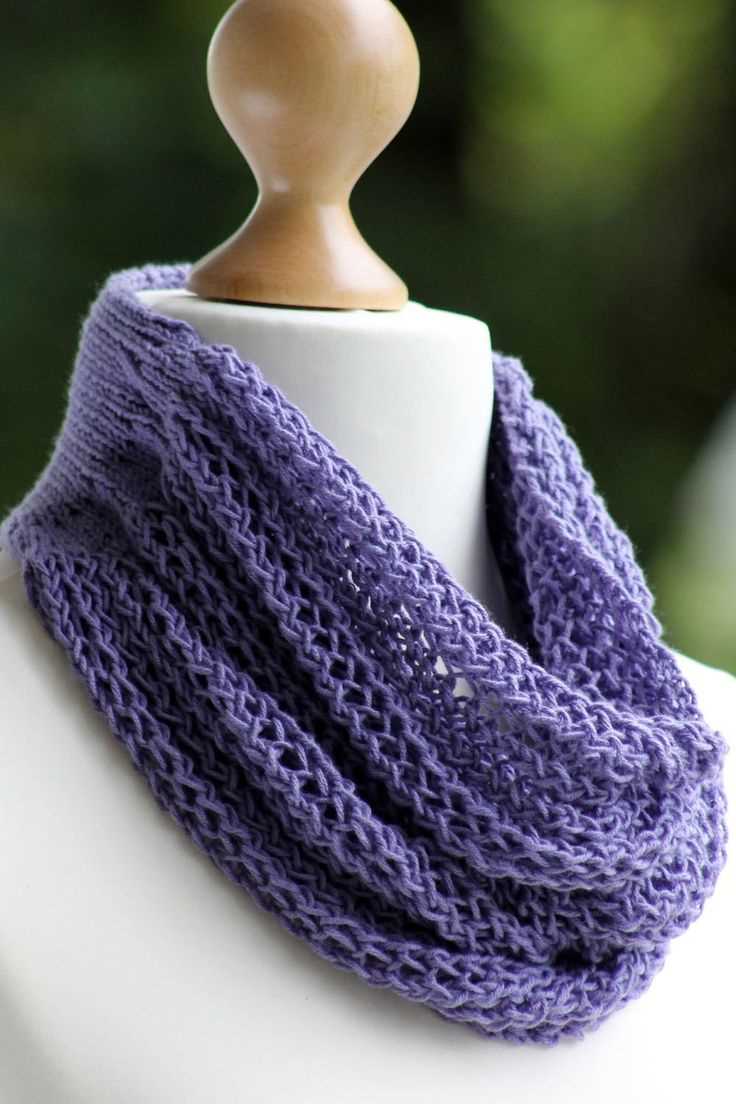
- 1 skein of yarn (150-200 yards)
- Size US 10 (6.0 mm) knitting needles
- Yarn needle
- Scissors
Instructions:
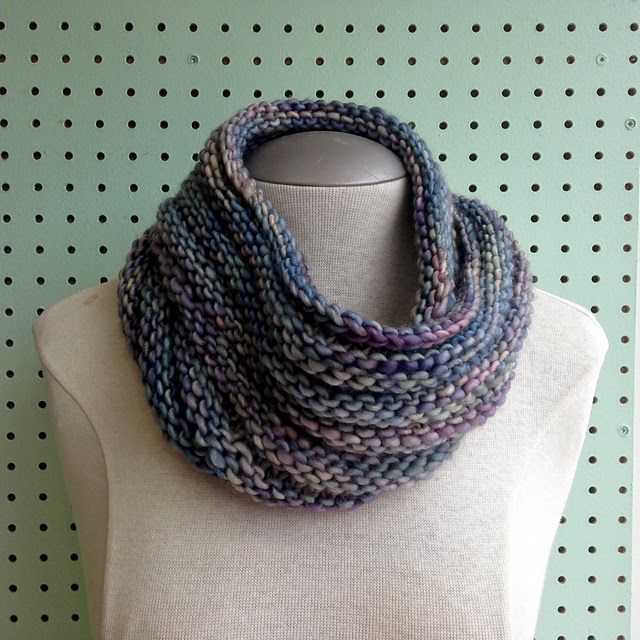
- Cast on 20 stitches.
- Knit in garter stitch (knit every row) until the scarf reaches your desired length. This could be anywhere from 50 to 70 inches.
- Bind off all stitches.
- Weave in any loose ends using a yarn needle.
This simple one skein scarf knitting pattern is perfect for beginners or experienced knitters looking for a quick project. You can customize the length and width of the scarf to suit your preferences, and experiment with different yarns and stitch patterns to create a unique and personalized accessory.
Whether you’re knitting a scarf for yourself or as a gift for a loved one, the one skein scarf knitting pattern is a versatile and rewarding project. With just one skein of yarn, you can create a cozy and stylish accessory that will keep you warm and stylish throughout the winter season.
What is a One Skein Scarf?
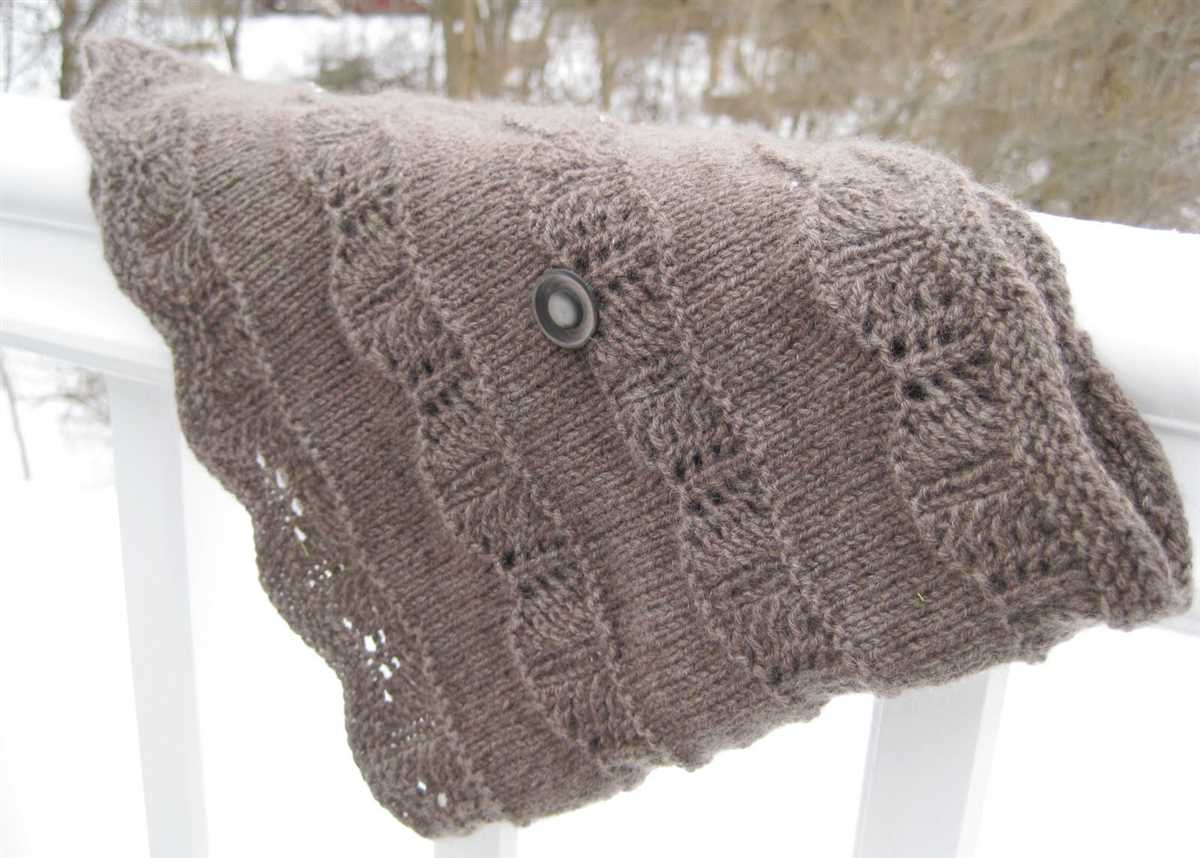
A One Skein Scarf is a knitting project that can be completed using just one skein of yarn. It is a great way to create a stylish and functional accessory. With just one ball of yarn, you can make a beautiful scarf that is perfect for keeping warm during the colder months.
Knitting a One Skein Scarf is a popular choice for beginners or those who are new to knitting. It is a relatively quick and easy project that can be completed in a short amount of time. It is also a great way to practice different knitting techniques and stitches.
There are many different patterns and designs available for One Skein Scarves. You can choose from simple and classic patterns, or opt for more intricate and detailed designs. Whether you prefer a chunky knit or a delicate lace pattern, there is a One Skein Scarf pattern to suit your style.
When choosing yarn for your One Skein Scarf, it is important to consider the weight and fiber content. Different types of yarn will give your scarf a different look and feel. You can choose from a wide variety of yarns, including wool, acrylic, cotton, and more.
Overall, knitting a One Skein Scarf is a fun and rewarding project. It allows you to create a unique and personalized accessory that can be worn or gifted. With just one skein of yarn, you can create a beautiful scarf that will keep you warm and stylish in any season.
Choosing the Right Yarn for Your One Skein Scarf
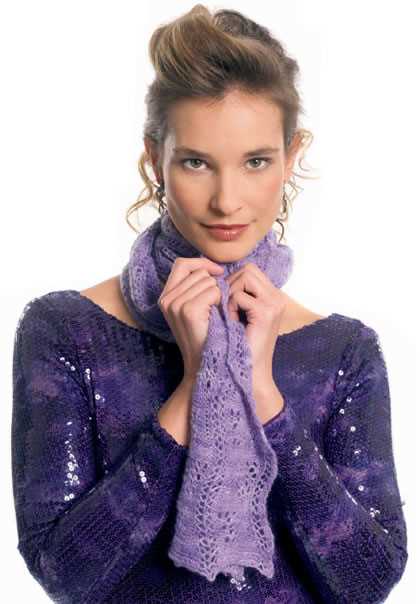
When it comes to knitting a one skein scarf, choosing the right yarn is crucial. The yarn you use will not only determine the overall look and feel of your scarf, but also affect its drape, warmth, and durability. With so many options available, it’s important to consider a few factors before making your selection.
Fiber content: One of the first things to consider when choosing yarn for your one skein scarf is the fiber content. Different fibers have different properties, so you’ll want to choose one that suits your desired outcome. For example, if you’re looking for a warm and cozy scarf, you might opt for wool or alpaca yarn. If you prefer something lighter and more breathable, cotton or bamboo yarn could be a better choice. Take a moment to think about how you want your scarf to look and feel, and select a fiber that aligns with those preferences.
Yarn weight: The weight of the yarn is another important consideration. The weight of the yarn will determine how thick or thin your scarf will be, as well as how long it may take you to complete your project. Keep in mind that a one skein scarf typically requires a yarn weight in the worsted to bulky range, as these weights provide enough yardage to complete a decent-sized scarf. However, if you prefer a lightweight scarf, you may opt for a sport or DK weight yarn. Be sure to check the pattern requirements and choose a yarn weight that will work well with your chosen pattern.
Color and texture: The color and texture of the yarn will also play a role in the overall appearance of your one skein scarf. Consider the style and aesthetic you’re going for and choose a yarn that complements that vision. If you want a bold and vibrant scarf, opt for a yarn with rich, saturated colors. If you prefer a more subtle and elegant look, a solid or variegated yarn in neutral tones may be a better choice. The texture of the yarn, whether smooth, plush, or textured, will also add depth and interest to your finished scarf.
Price and availability: Finally, consider the price and availability of the yarn you’re considering. Some yarns may be more expensive or harder to find than others. If you’re on a budget or have limited access to yarn stores, it’s important to choose a yarn that is affordable and readily available. However, don’t be afraid to splurge on a higher-end yarn if you feel it will enhance the quality and beauty of your one skein scarf.
By taking the time to consider these factors, you’ll be better equipped to choose the right yarn for your one skein scarf project. Remember to experiment and have fun with your yarn selection, as it will ultimately determine the unique and personal character of your finished scarf.
Understanding the Basic Knitting Stitches
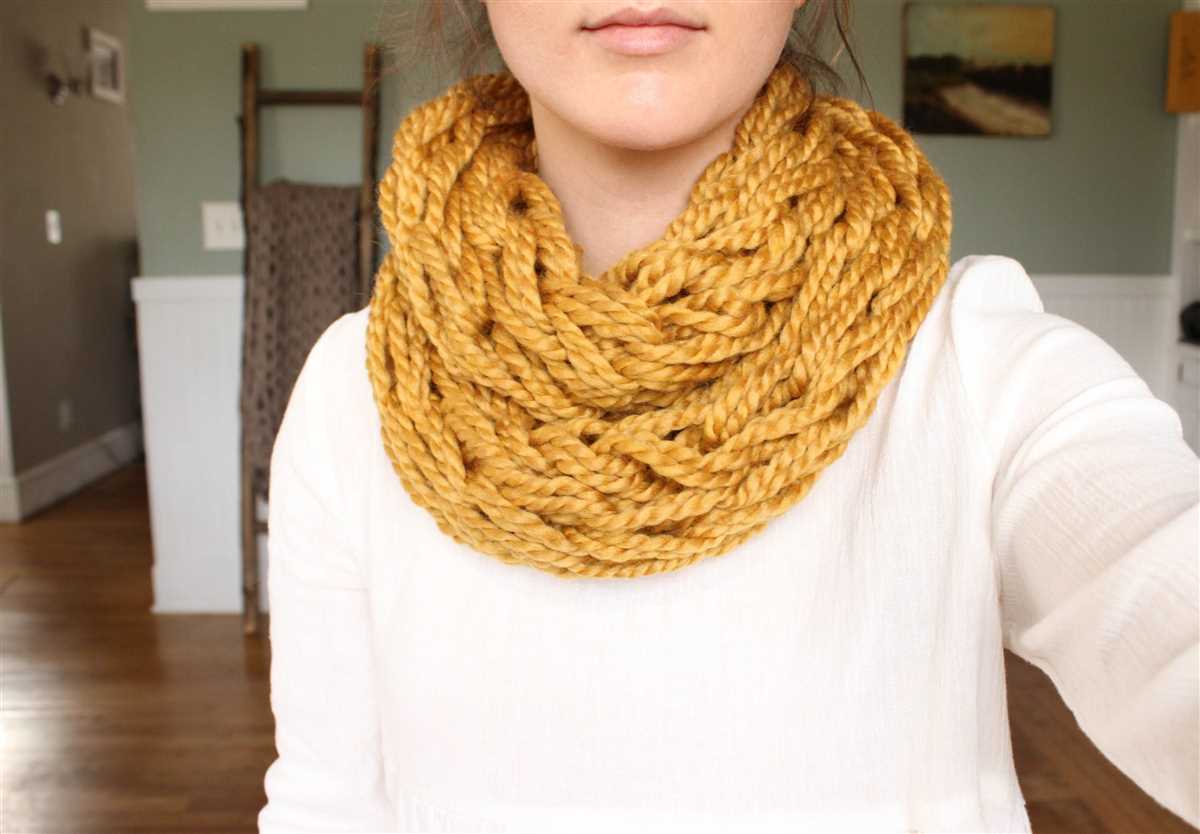
Knitting is a popular craft that allows you to create beautiful and functional items with just a pair of needles and some yarn. To get started with knitting, it’s important to understand the basic stitches. These stitches form the foundation of knitting patterns and can be used to create a variety of textures and designs.
The two most basic knitting stitches are the knit stitch and the purl stitch. The knit stitch is created by inserting the right needle into the first loop on the left needle, bringing the yarn through the loop, and sliding the loop off the left needle. This creates a smooth, raised stitch on the right side of the fabric. The purl stitch is created by inserting the right needle through the front of the loop on the left needle, bringing the yarn under and through the loop, and sliding the loop off the left needle. This creates a bumpy, textured stitch on the right side of the fabric.
The knit stitch and the purl stitch can be combined in different ways to create different patterns and designs. For example, a simple stockinette stitch is created by alternating rows of knit stitches and purl stitches. This stitch creates smooth, flat fabric with one side showing the knit stitches and the other side showing the purl stitches. Another common stitch pattern is ribbing, which is created by alternating a few rows of knit stitches with a few rows of purl stitches. Ribbing creates a stretchy fabric that is often used for cuffs, hems, and collars.
Once you have mastered the knit stitch and the purl stitch, you can start exploring more advanced stitches and techniques. Some popular options include the seed stitch, the cable stitch, and the lace stitch. Each of these stitches creates a unique texture and can be used to add visual interest to your knitting projects. There are countless stitch patterns and combinations to discover, so don’t be afraid to get creative and try new things!
In conclusion, understanding the basic knitting stitches is essential for anyone interested in learning how to knit. The knit stitch and the purl stitch form the foundation of knitting and can be used to create a wide range of patterns and designs. By mastering these stitches, you can open up a world of possibilities and begin creating beautiful knitted items.
Getting Started: Casting on and Creating the Foundation Row
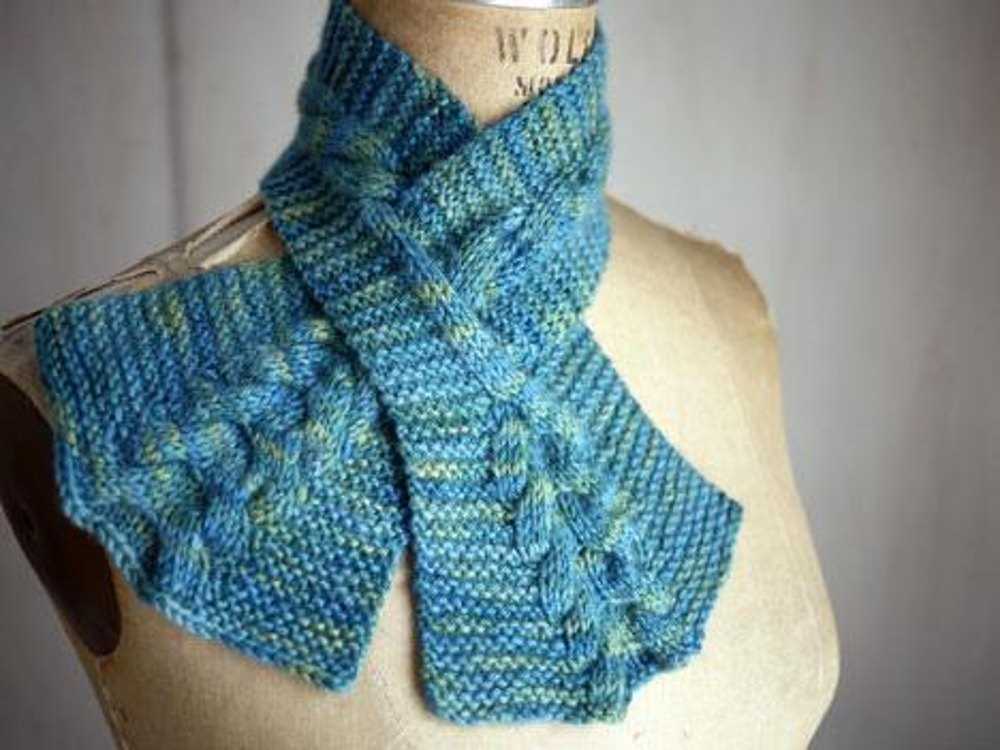
Before you can start knitting your one skein scarf, you’ll need to cast on and create the foundation row. Casting on is the process of creating the initial stitches on your knitting needles. There are different methods of casting on, but for this pattern, we’ll be using the long tail cast on method.
To begin, make a slipknot by creating a loop with the working yarn. Insert your knitting needle through the loop, and tighten the knot by pulling on both ends of the yarn. Hold the needle with the slipknot in your right hand, and the working yarn in your left hand.
Long Tail Cast On
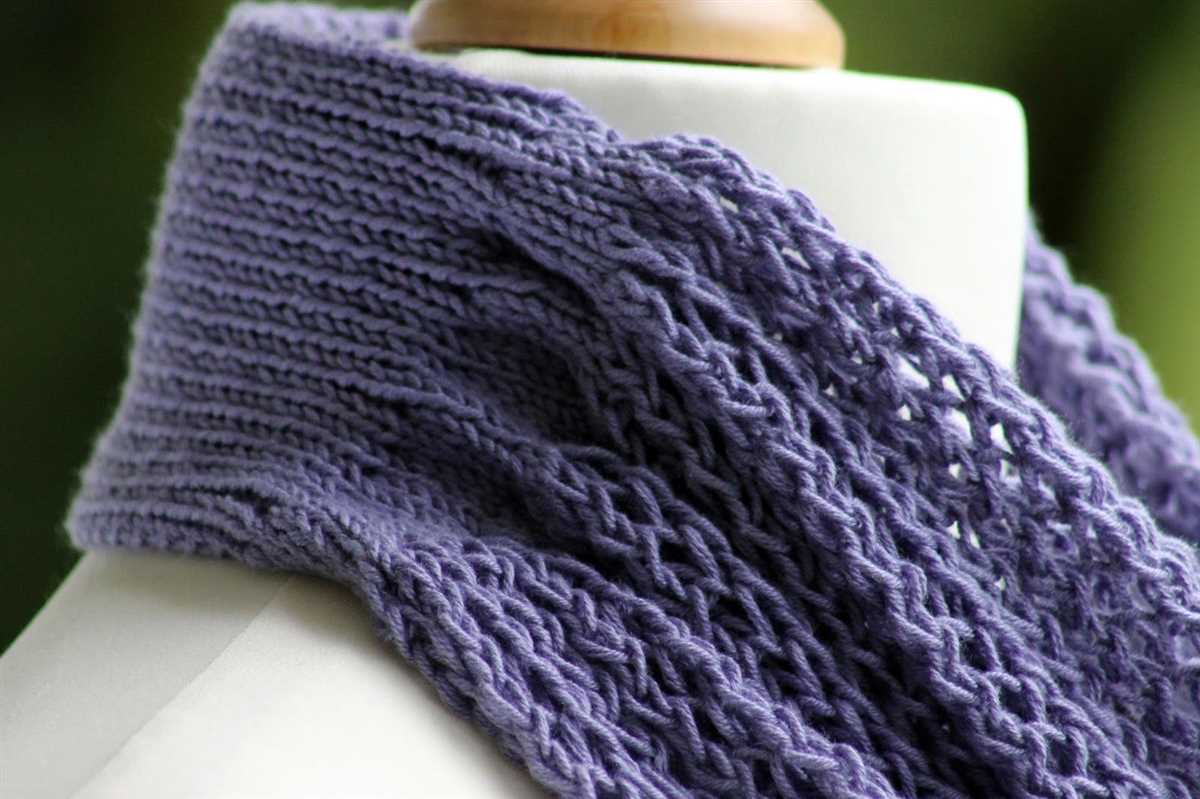
- Measure a length of yarn for your cast on, approximately 3 times the length of the scarf you want to knit.
- Hold the needle with the slipknot in your right hand, and the tail end of the yarn in your left hand.
- With your left hand, position your thumb and index finger to hold the yarn taut.
- Using your right hand, insert the needle from left to right under the yarn held between your thumb and index finger.
- Bring the needle up and over the yarn, creating a loop.
- With your left hand, pull the loop through the slipknot on the needle.
- Repeat steps 4-6 to cast on the desired number of stitches for your scarf.
Once you’ve finished casting on, you’ll have the foundation row of stitches on your knitting needle. This row will serve as the starting point for your scarf, and from here you’ll be able to begin working the pattern stitches. Now that you have successfully cast on, you’re ready to move on to the next steps of knitting your one skein scarf!
Adding Texture: Knit and Purl Patterns
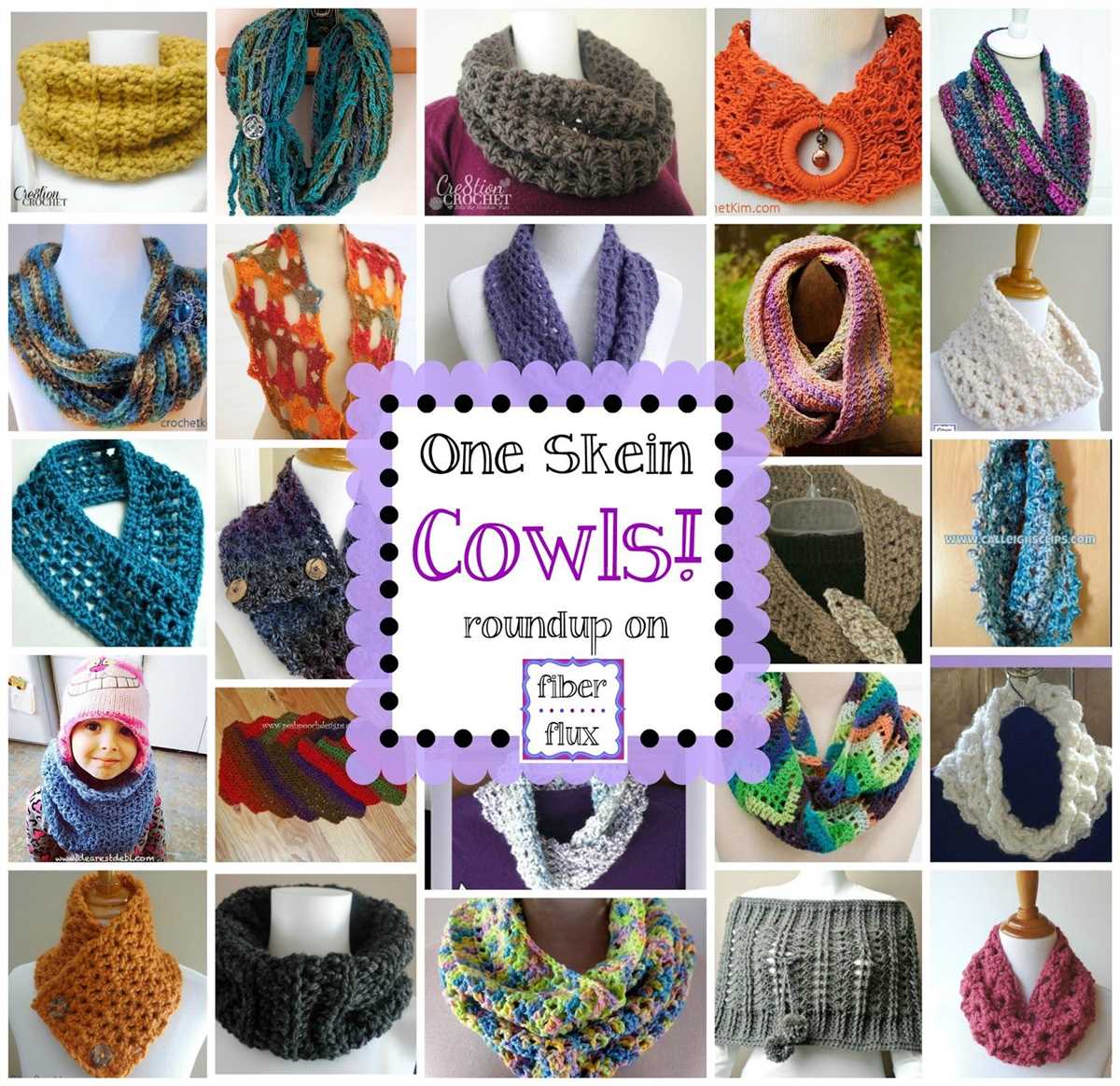
When it comes to knitting, adding texture to your projects can make them even more interesting and visually appealing. One way to achieve texture is by using knit and purl stitch patterns. By alternating between these two basic stitches, you can create a variety of patterns that add depth and dimension to your knitting.
The seed stitch is a simple yet effective knit and purl pattern that is great for adding texture to a one skein scarf. It is created by alternating knit and purl stitches in a specific pattern. By knitting the purls and purling the knits, you create a dense, textured fabric that is perfect for keeping warm during the colder months.
Another popular pattern for adding texture is the rib stitch. This pattern is created by alternating columns of knit and purl stitches. The most common rib stitch pattern is the 1×1 rib, which consists of one knit stitch followed by one purl stitch. The result is a stretchy and textured fabric that is often used for cuffs, collars, and edges of garments.
If you’re looking for a more intricate texture, the cable stitch pattern is a great option. Cables are created by knitting stitches out of order to create twists and braids in your knitting. This adds beautiful, raised texture to your scarf. While cable patterns may seem intimidating at first, they can be easily mastered with practice and patience.
Regardless of the knit and purl pattern you choose, adding texture to your one skein scarf can elevate its overall look and feel. Experiment with different stitch patterns to see which ones you like best and don’t be afraid to get creative with your knitting!
Creating Colorful Designs with Stripes or Fair Isle
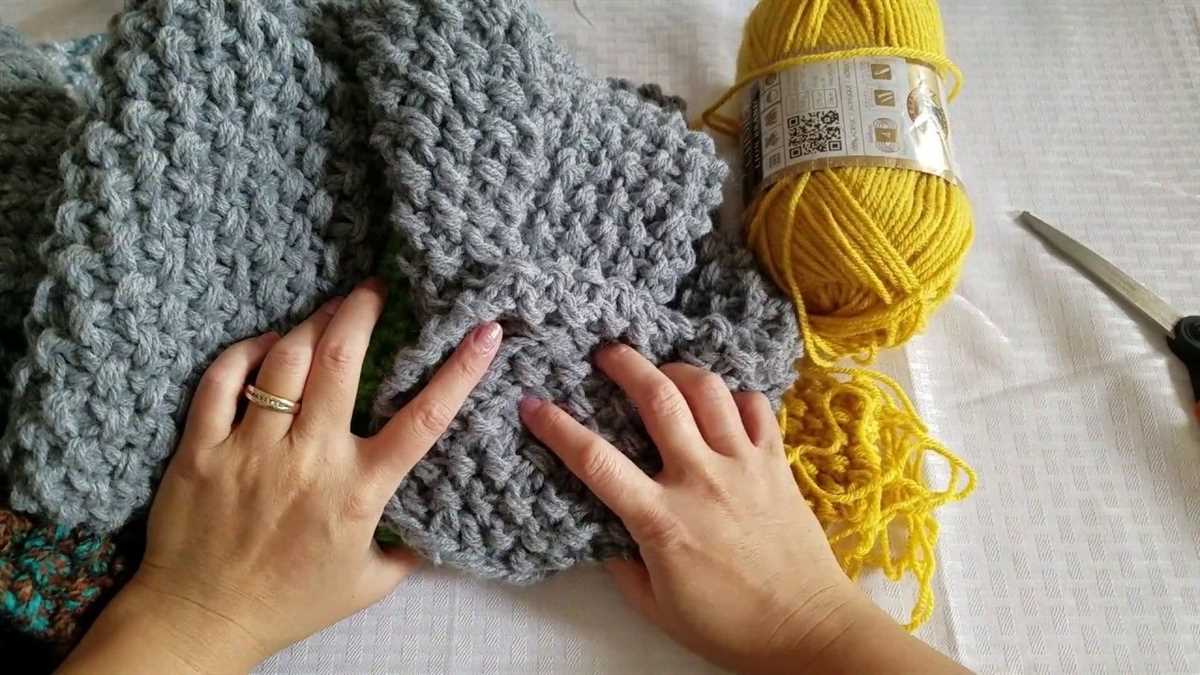
When it comes to knitting, there are endless possibilities for creating colorful and vibrant designs. One popular technique is to incorporate stripes into your projects. Whether you’re working on a scarf, a hat, or a sweater, stripes can add an extra element of visual interest. Simply choose your colors and alternate between them throughout your pattern. You can opt for thin or thick stripes, or even experiment with different color gradients for a gradient effect.
Another technique that can elevate your knitting projects is Fair Isle. Fair Isle is a traditional knitting method that involves using multiple colors in a single row to create intricate patterns. Unlike stripes, Fair Isle allows you to knit with more than two colors at a time, resulting in stunning and complex designs. This technique often involves carrying the unused colors along the back of your work, which can create a beautiful texture.
With Fair Isle, you have the freedom to create patterns such as geometric shapes, floral motifs, or even landscapes. This technique is a great way to showcase your color choices and add a unique touch to your knitting projects. Whether you’re a beginner or an experienced knitter, experimenting with stripes or Fair Isle can bring a new level of creativity to your designs.
The Benefits of Using Stripes or Fair Isle
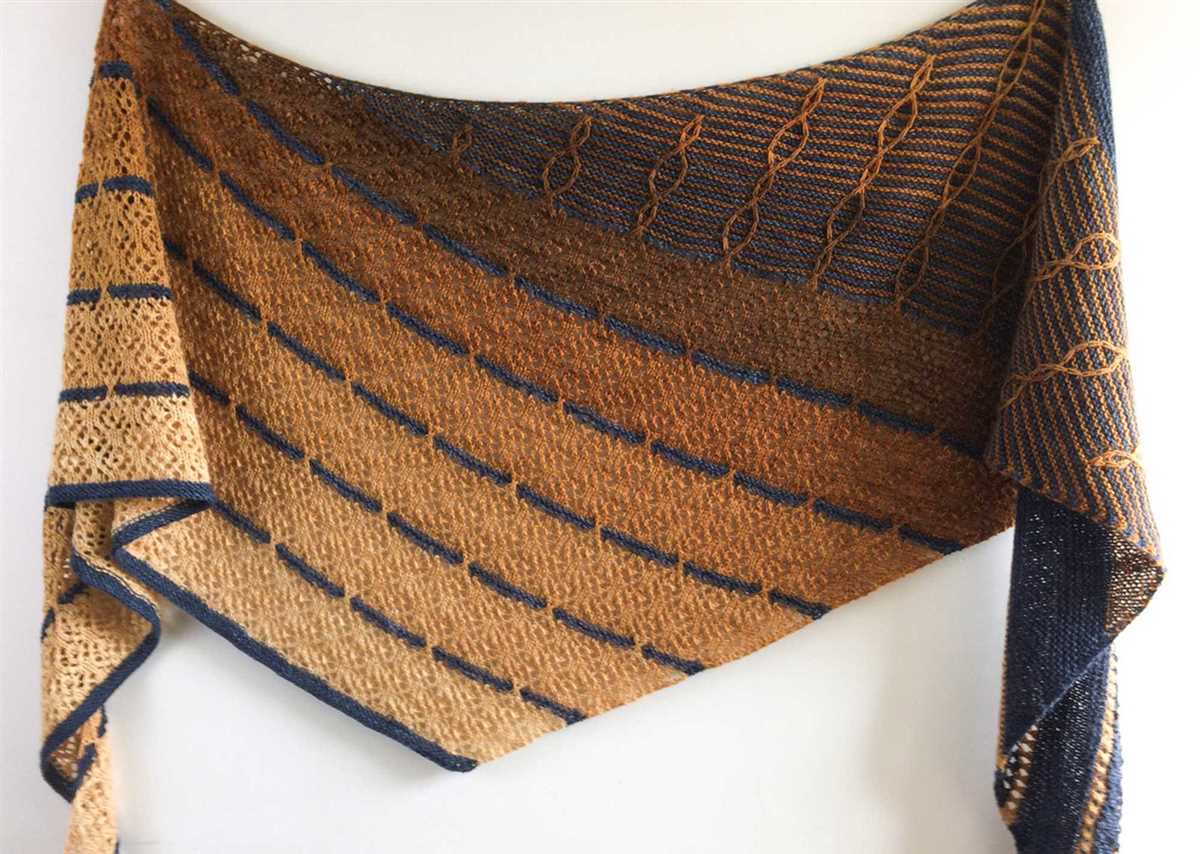
- Color Variation: By incorporating stripes or Fair Isle into your knitting, you can play with a wide range of colors and create beautiful palettes. This allows you to customize your project and bring your vision to life.
- Visual Interest: Adding stripes or Fair Isle patterns can instantly make your knitting projects more visually appealing. These techniques can draw attention and create eye-catching designs.
- Texture and Depth: Whether you’re using stripes or Fair Isle patterns, both techniques can add texture and depth to your knitting. This can make your projects even more interesting to touch and wear.
- Personal Style: Stripes and Fair Isle can help you express your personal style and make your knitting projects unique. You can choose colors and patterns that reflect your personality and create a one-of-a-kind piece.
- Skill Growth: Working with stripes or Fair Isle can challenge your knitting skills and help you grow as a knitter. These techniques require focus, attention to detail, and the ability to manage multiple colors at once.
Whether you choose to incorporate stripes or Fair Isle patterns into your knitting projects, both techniques offer endless possibilities for creating colorful and vibrant designs. By experimenting with different color combinations and patterns, you can make each project unique and showcase your personal style. So grab your needles and let your creativity soar!
Finishing Touches: Binding off and Blocking
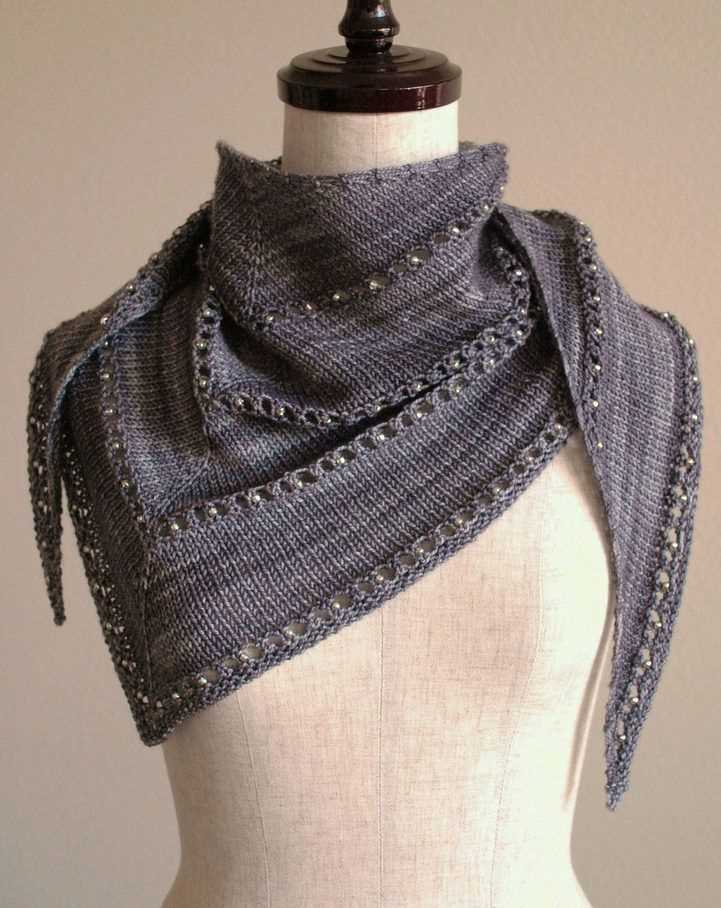
After completing the knitting part of your one skein scarf, it’s time to finish it off with binding off. This process is essential to secure the stitches and prevent them from unraveling. To bind off, simply knit two stitches, then use the left needle to lift the first stitch over the second stitch and off the right needle. Repeat this process until only one stitch remains, then cut the yarn and pull it through the last stitch to secure it. This creates a clean and neat edge for your scarf.
Once the binding off is done, the next step is blocking. Blocking is the process of shaping and evening out the stitches to give your scarf a polished look. To block your scarf, you will need to wet it with lukewarm water and then gently squeeze out the excess water. Lay the scarf flat on a clean towel and use your hands to gently stretch and shape it to the desired dimensions. You can use pins to hold the shape in place if needed.
Blocking helps to open up the stitches and gives your scarf a professional finish. It also helps to even out any uneven tension or curling that may have occurred during the knitting process. Allow your scarf to dry completely in a well-ventilated area before removing the pins and wearing or gifting it.
By following these finishing touches, binding off and blocking, you can ensure that your one skein scarf looks its best and is ready to be worn or gifted with pride.
Adding Fringe or Tassels for Extra Style
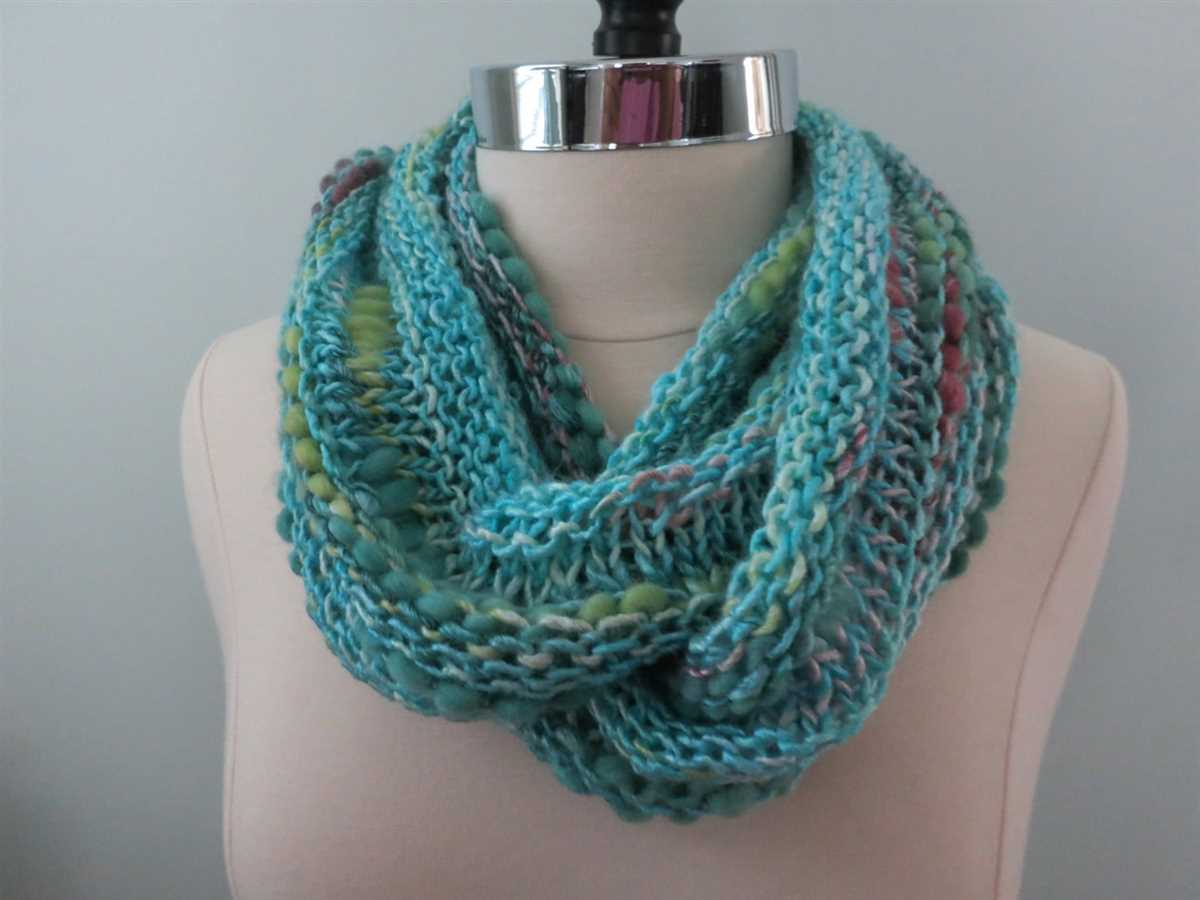
Looking to add some extra style to your one skein scarf? Consider adding fringe or tassels! They can make a simple scarf look more glamorous and can be a fun way to customize your scarf to match your personal style.
Adding fringe or tassels to a scarf is a simple process and can be done with just a few extra strands of yarn. To add fringe, cut several strands of yarn to your desired length. Take two strands together and fold them in half. Attach the folded end to the edge of your scarf by pulling the loop through a stitch and then pulling the loose ends through the loop. Repeat this process along the entire edge of your scarf, spacing the fringe strands evenly.
For tassels, cut a long piece of yarn and fold it in half. Insert the folded end through a stitch at the edge of your scarf, creating a loop. Pull the loose ends of the yarn through the loop and tighten, securing the tassel to the scarf. Repeat this process along the edge of your scarf, spacing the tassels evenly.
When adding fringe or tassels, you can get creative with different colors of yarn or even mix different types of yarn for a more textured look. Experiment with different lengths and thicknesses to find the style that suits you best. Fringe or tassels can be added to both ends of the scarf or just on one side, depending on your preference.
Using Different Techniques for Different Looks
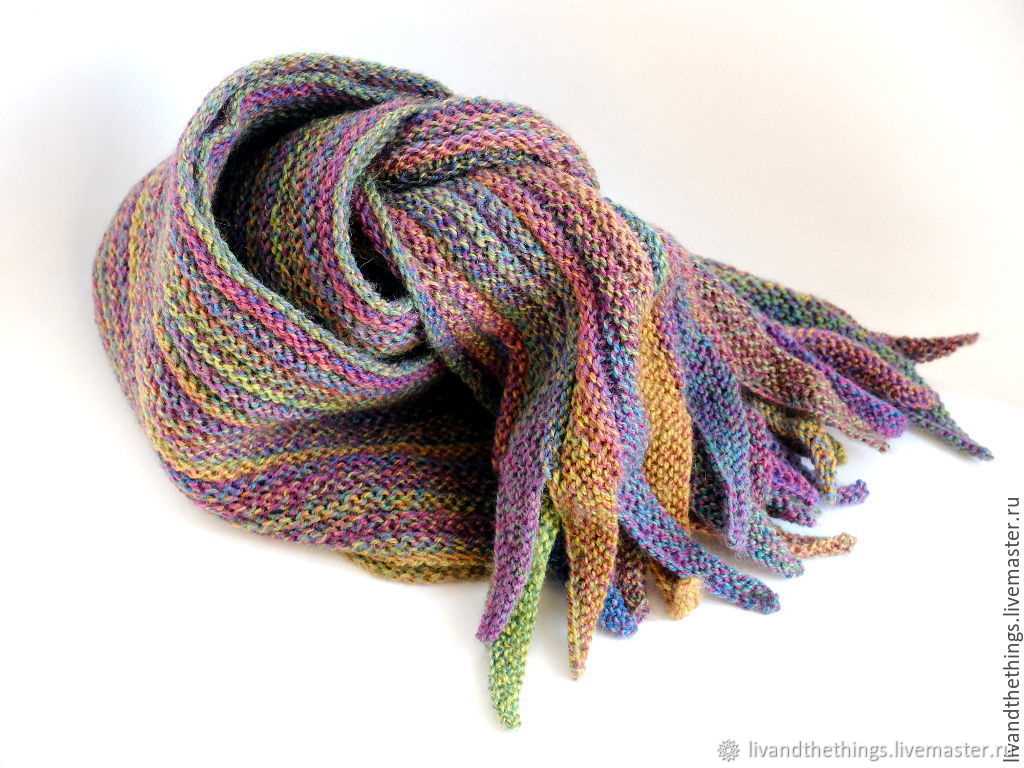
The versatility of knitting techniques allows you to create a wide range of looks when making a one-skein scarf. By experimenting with different stitches, patterns, and materials, you can achieve unique and stylish results. Whether you prefer a simple and classic design or a more intricate and eye-catching look, there is a technique that will suit your preferences.
Basic Knit and Purl: If you’re a beginner or prefer a straightforward design, using basic knit and purl stitches can create an elegant and timeless scarf. This technique is perfect for showcasing the beauty of luxurious yarns and creating a soft and cozy accessory for colder months.
Cable Knitting: Adding cable stitches to your one-skein scarf can instantly elevate its appearance. Cable knitting creates a lovely braided effect that adds texture and depth to your design. This technique is ideal for creating a statement piece that will stand out and showcase your knitting skills.
Lace Knitting: For a delicate and feminine look, lace knitting is the way to go. By incorporating lace patterns into your scarf, you can create an airy and lightweight accessory that is perfect for spring or summer. The intricate details of lace stitches add an element of elegance and sophistication to your design.
Colorwork: Adding colorwork to your one-skein scarf can create a bold and vibrant accessory. Whether you choose to use stranded colorwork or intarsia, incorporating multiple colors into your design can result in a visually stunning scarf. This technique allows you to play with different color combinations and create unique patterns.
Textured Stitches: If you’re looking for a scarf with an interesting and tactile surface, using textured stitches is the way to go. Techniques such as seed stitch, ribbing, or moss stitch can add depth and dimension to your design. This is a great option if you want to create a scarf with a modern and contemporary look.
By exploring and experimenting with different knitting techniques, you can create one-skein scarves that suit your personal style and preferences. Whether you’re looking for a simple and classic design or a more intricate and eye-catching accessory, there is a technique that will allow you to achieve your desired look.
Choosing the Right One Skein Scarf Pattern for Your Skill Level
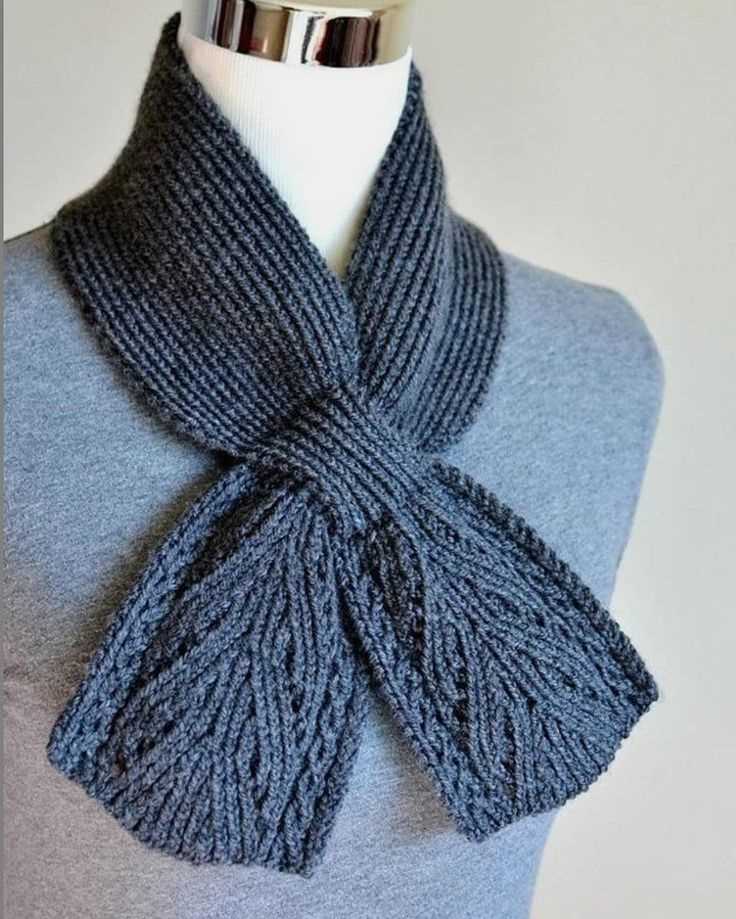
When it comes to knitting a one skein scarf, choosing the right pattern for your skill level is key. Whether you’re a beginner or an experienced knitter, there are patterns out there that are perfect for you.
For beginners, it’s important to choose a pattern that is simple and easy to follow. Look for patterns that use basic stitches like knit and purl, and that don’t require any complicated techniques or stitches. A basic garter stitch scarf is a great option for beginners, as it’s simple to knit and creates a beautiful, textured fabric. Another option is a ribbed scarf, which is made by alternating knit and purl stitches and creates a stretchy, cozy fabric.
Intermediate knitters
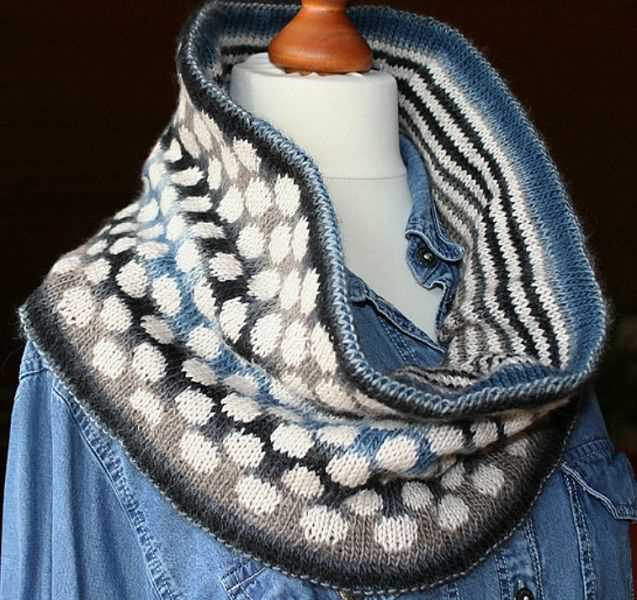
If you have some knitting experience under your belt and are looking for a slightly more challenging pattern, there are plenty of options to choose from. Lace scarves are a great choice for intermediate knitters, as they often require more intricate stitch work and can create stunning, delicate designs. Look for patterns that use simple lace motifs and that provide detailed instructions for each stitch. Cable scarves are another option for intermediate knitters, as they often involve creating cables by crossing stitches over each other. These patterns can be a bit more complex, but the end result is worth it.
Advanced knitters
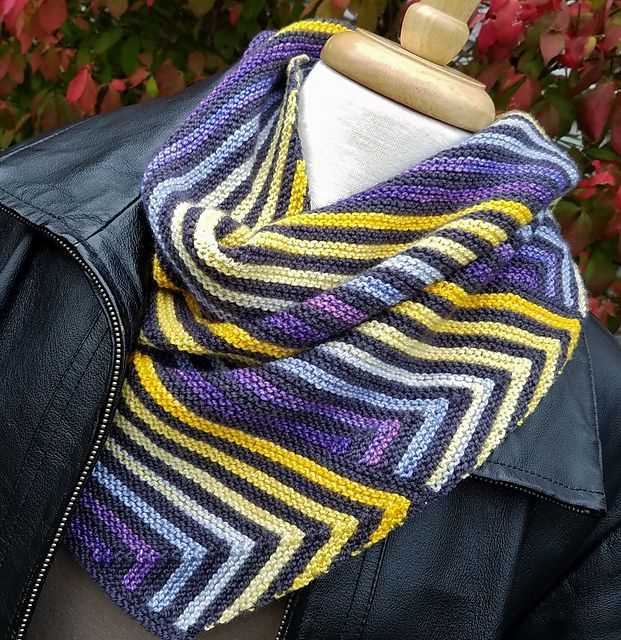
For advanced knitters who are looking for a challenge, there are plenty of one skein scarf patterns that will put your skills to the test. Fair Isle scarves, which involve knitting with multiple colors to create intricate, colorful designs, are a great option for advanced knitters. Look for patterns that have complex colorwork charts and that provide instructions for managing multiple yarn colors. If you’re up for a real challenge, you can even try a lace and cable combination scarf, which combines the intricate lace stitches with the complexity of cables. These patterns require a lot of concentration and skill, but the end result is a truly beautiful and unique scarf.
When choosing a one skein scarf pattern, it’s important to consider your skill level and choose a pattern that matches your abilities. Whether you’re a beginner or an advanced knitter, there are patterns out there that will inspire and challenge you. So grab your needles and yarn, and start knitting your own one skein scarf.
Getting Creative: Customizing Your One Skein Scarf
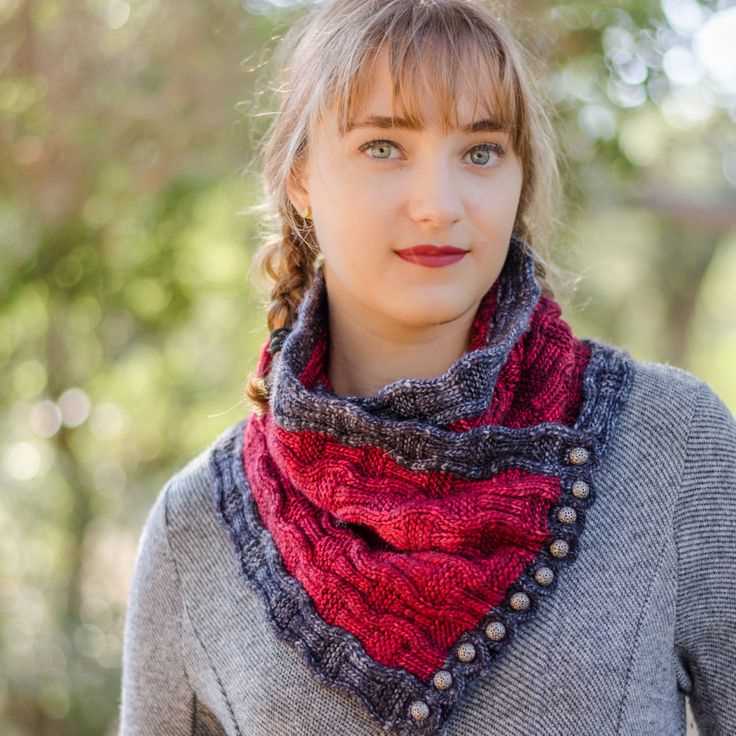
Now that you have mastered the basic one skein scarf knitting pattern, it’s time to get creative and add some personal touches to your scarf. There are endless possibilities when it comes to customizing your scarf, allowing you to showcase your individual style and creativity.
Here are some ideas to inspire you:
- Change the stitch pattern: Instead of sticking to the basic garter stitch, experiment with different stitch patterns to create unique textures. Try seed stitch, rib stitch, or even lace patterns to add some visual interest to your scarf.
- Add fringe: Fringe can be a fun and playful addition to your scarf. You can choose to add fringe to both ends or just one, depending on your preference. Experiment with different lengths and colors to create a look that’s all your own.
- Use multiple colors: If you have more than one skein of yarn, consider incorporating multiple colors into your scarf. You can stripe the colors, create color blocks, or even use a different color for each section of the scarf. This can create a stunning visual effect and allow you to use up any leftover yarn you have.
- Add embellishments: Get creative with embellishments like buttons, beads, or appliques to make your scarf truly unique. You can sew on beads to create a sparkly effect, add buttons as a functional or decorative element, or even attach small fabric or crocheted flowers for a feminine touch.
- Add a cable pattern: If you’re feeling adventurous, try incorporating a cable pattern into your scarf. Cables add texture and visual interest to your knitting, and there are many cable stitch patterns available for you to explore.
Remember, the most important thing is to have fun and let your creativity shine. Don’t be afraid to experiment and try new things – after all, knitting is all about expressing yourself and creating something uniquely yours. Happy knitting!